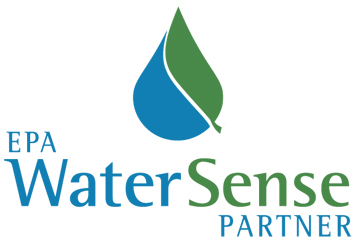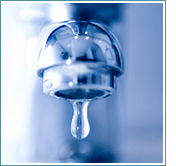
Water Conservation Programs and Services
A leaky hose, a running toilet, or a long shower may not seem like much water, but every drop counts. Our water bills are proof of that! Check out these programs that can help you save water and money.
Indoor Water Saving Kit
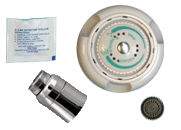
This kit can save up to 6,000 gallons each year! It includes the following:
- 2 Toilet Leak Detection Tablets
- 1 High Efficiency Shower Head, 1.5 gallons per minute.
- 1 Swivel Kitchen Faucet Aerator, 1.5 gallons per minute.
- 1 Bathroom Faucet Aerator, 0.5 gallons per minute.
Limit: 1 kit per household, including multi-family housing units.
Fill out the form below or bring your account number or water bill into Lacey City Hall to pick up your kit at the Public Works Department.
Outdoor Water Saving Kit
This kit can save more than 7,300 gallons each year! It includes the following:
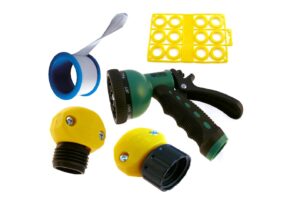
- 3 Hose Screens
- 2 Hose Repair Ends
- 1 Heavy-duty Adjustable Spray Nozzle
Limit: 1 kit per household, including multi-family housing units.
Fill out the form below or bring your account number or water bill into Lacey City Hall to pick up your kit at the Public Works Department.
Automatic Shut-Off Hose Sprinkler Timer
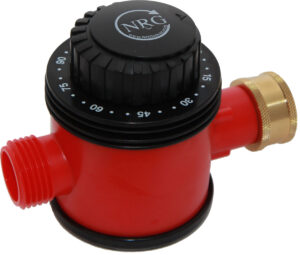
This Hose Sprinkler Timer can save you more than 2,500 gallons each year!
Do you sometimes forget to turn off your sprinkler when watering your lawn? These hose timers connect to the hose bib and will automatically shut the water off after the desired set time.
Limit: 1 timer per household, including multi-family housing units.
Fill out the form below or bring your account number or water bill into Lacey City Hall to pick up your kit at the Public Works Department.
Soil Moisture Sensor
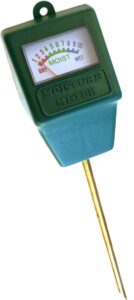
This Soil Moisture Sensor can save you more than 2,500 gallons each year!
Overwatering your lawn not only wastes water, but can also cause disease in landscape plants. A soil moisture sensor is a device that will show when the soil is ready to be watered to prevent overwatering and wasting money.
Limit: 1 sensor per household, including multi-family housing units.
Fill out the form below or bring your account number or water bill into Lacey City Hall to pick up your kit at the Public Works Department.
Request Water Saving Items (Pick Up Kits at City Hall – No Delivery)
Water Saving Items Request
Thank you for your interest in water conservation! City of Lacey water customers can use this form to request items to help save water at home. Please note: kits must be picked up in person at the Public Works Counter in Lacey City Hall (420 College Street SE, Lacey, WA 98503).* indicates required fields
To check availability of items, contact Lacey Public Works at 360-491-5600.
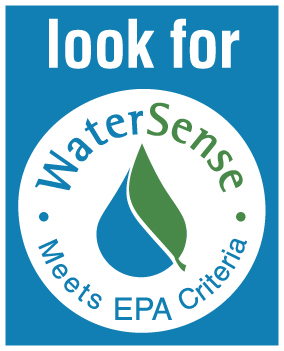
Residential Rebate Offers -Savings for your home!
High Efficiency Washing Machine Rebate
Residential water customers are eligible for a rebate on resource efficient washing machines, most of which are front-loading models. The purchase and installation of an ENERGY STAR certified washing machine can save the average household up to 8,000 gallons of water per year.
For SEWER customers please visit lottcleanwater.org.
If your home has an on-site SEPTIC system use the following application:
If you are unsure about which application you should use, call 360-491-5600.
High Efficiency Toilet Rebate (for SEWER customers)
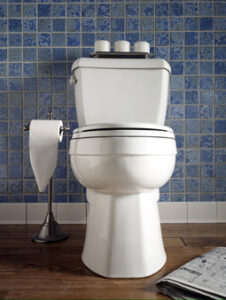
To encourage water conservation, the City of Lacey and the LOTT Clean Water Alliance are offering customers $100 rebates for the purchase of ultra-high efficiency toilets (UHETs) for customers on the SEWER system.
UHETs use an average of 1.1 gallons per flush. If you have high-flow toilets that use 3.5 gallons or more per flush (installed prior to 1993), you can save an average of 34 gallons per day, or over 12,000 gallons per year by installing HET fixtures.
If you currently have toilets that are up to current plumbing codes and use 1.6 gallons or more per flush (installed between 1993-2014), you can save an average of 11 gallons per day or over 4,000 gallons per year by installing UHET fixtures!
Maximum (3) HET rebates per household.
The rebate application and a list of qualifying toilets can be found at lottcleanwater.org.
High Efficiency Toilet Replacement Program (for SEPTIC users)
Single family residences are eligible to receive up to (2) free high efficiency toilets IF the toilets they are replacing use more than 3 gallons per flush and your home has on on-site SEPTIC system.
Toilets installed prior to 1993 will most likely qualify.
In order to determine if your old toilets use more than 3 gallons per flush, you will take some basic measurements of your current toilets in the rebate application below. Instructions are included. Your application must be pre-approved.
High Efficiency Toilet Replacement Application:
Complete the rebate application (including the toilet measurements) and attach a copy of your water bill. These materials can then be dropped off or mailed to:
City of Lacey
Water Resources HET Program
420 College St. SE
Lacey, WA 98503
You can also email application to WaterResources@ci.lacey.wa.us
The 2022 program is now open. For questions, contact Lacey Water Resources at 360-491-5600 or email WaterResources@cityoflacey.org
Not sure if you are a SEWER customer or on a SEPTIC system?
Call or email Lacey Public Works at (360) 491-5600 | WaterResources@cityoflacey.org
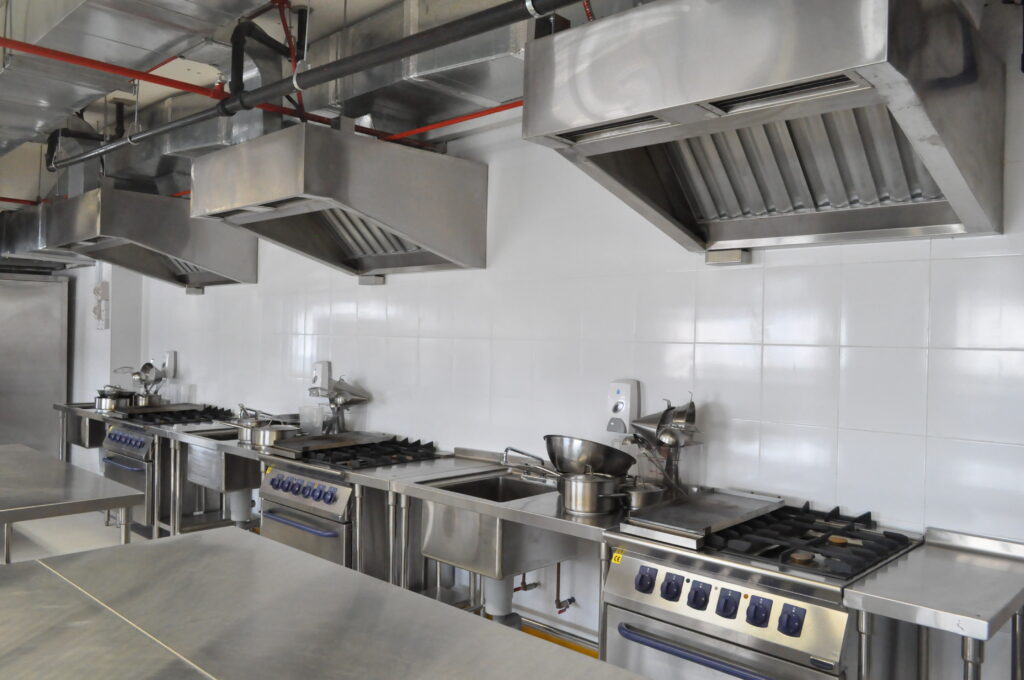
Commercial Rebate Offers – Savings for your business!
Replacing 5 or fewer toilets?
Commercial businesses, multi-plex, and multi-family residences may be eligible to receive a $100 rebate for toilets purchased to replace old toilets that use 1.6 gallons or more.
Toilets purchased must be ADA High Efficiency models that use no more than 1.1 gallons and have a MaP testing score of 600 or greater. Some commercial applications that require flushometer style toilets or that lack supplemental wastewater flows and/or adequately sloped sewer lines may continue to be eligible for rebates under previous program guidelines, where toilets must use 1.28 gallons or less per flush and have a MaP score of 750 or greater.
For toilet replacement on SEWER systems: A list of qualifying toilets can be found at lottcleanwater.org.
For toilet replacements on SEPTIC systems: City of Lacey High Efficiency Toilet Rebate Application.
Replacing 6 or more toilets?
If the building where you conduct your business has toilets that use more than 3.5 gallons per flush, you may be eligible to receive up to 75% funding on the cost of installing high efficiency toilet models through the WaterSmart Technology Program.
For more information, contact Lacey Water Resources at WaterResources@cityoflacey.org or call 360-491-5600.
WaterSmart Technology Rebate
The WaterSmart Technology Program provides commercial water customers on SEWER up to 75% funding for projects that save water in your business. The opportunities are endless and include things like ice machines, urinals, boilers, and more.
For more information, contact WaterResources@cityoflacey.org
or call 360-491-5600.
Irrigation System Upgrade Rebate Program
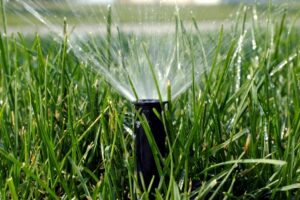
Commercial irrigation accounts may be eligible for a rebate on the costs of upgrading system components to more water efficient components. Maximum rebate amount depends on the size and number of water meters used by the irrigation system.
For more information, contact WaterResources@cityoflacey.org
or call 360-491-5600.
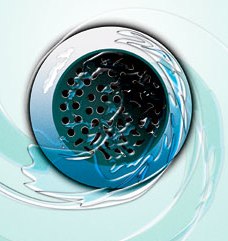
Water Saving Tips!
Indoor Water Saving Tips
Check for leaks and repair them promptly.
Turn off the faucet when brushing your teeth or shaving.
Wash only full loads in the washing machine and dishwasher.
Capture shower and faucet “warm-up” water. Use it to water plants or wash the floor or car.
Keep a bottle of drinking water in the refrigerator or use ice to cool tap water. Running the tap until water cools wastes water!
Avoid using the garbage disposal. Most kitchen waste, except meat products, can be recycled into nutrient-rich compost for your outdoor plants and garden.
Install water saving fixtures such as low-flow showerheads and faucet aerators. FREE water saving kits are available for Lacey water and sewer customers. Fill out the form above to request Water Saving Items.
Replace older toilets with high efficiency models. Older toilets can be the biggest water users in the home. You may be eligible for a FREE toilet upgrade. Contact Lacey Water Resources to find out! 360-491-5600 WaterResources@cityoflacey.org
Buy a water and energy efficient washing machine. High efficiency (HE) models use less water, energy and detergent than older non-HE models. And they do a great job getting clothes clean! Lacey water and sewer customers are eligible for a $50 rebate on a new ENERGY STAR certified clothes washer.
Outdoor Water Saving Tips
Check for leaks in sprinklers, hoses, pipes and couplings. Repair leaks promptly.
Think twice about fertilizing this spring. Fertilizers force plant growth and increase the amount of water a plant needs. During our cool springs, grass generally thrives on its own. If you must fertilize, use organic or slow-release fertilizers.
Make your soil water-efficient. Before you plant, add 3 to 6 inches of organic matter to your soil. This allows the soil to hold water and nutrients in reserve, reducing the need for fertilizing and constant watering.
Mulch around trees, shrubs and other plants in the garden beds. This helps prevent soil moisture loss, keeping it around the plant roots where it is needed.
Water your lawn deeply and infrequently. One inch of water a week is generally all your lawn needs.
Aerate and de-thatch your lawn if water won’t penetrate the soil.
Cut it high and let it lie. You’ve heard this before, but longer grass has deeper roots, and deeper roots have better access to soil moisture Two to 3 inches tall is ideal. Use a mulching mower and leave grass clippings on the lawn to provide it with a source of nutrients.
Accept grass’s natural tendency to turn golden in the summer. Most grass varieties in our region are “cool season” types. This means that they are developed to do well in cooler weather, then go dormant during the hottest months of summer. Grass that is golden isn’t dead, it’s just sleeping! Watering your dormant lawn once a month is all it needs to rebound once the weather begins to cool off again.
Use a shut-off nozzle when using a hose for watering or washing the car. Park the car on the lawn while you wash it and you will be watering your grass at the same time. Better yet, use a Commercial Car Wash that recycles water to clean vehicles.
Use a broom to sweep your driveway or sidewalk instead of spraying it with the hose.
Water your lawn before 10:00 a.m. or after 7:00 p.m. to reduce evaporation during the hottest hours of the day.
Adjust sprinklers to water only what grows. If the spray is hitting sidewalks and driveways, you are wasting water and money!
If you have an irrigation system, invest in a rain sensor, smart controls irrigation timers, and water efficient sprinkler heads. Look for the WaterSense label for products that have been tested and approved for water efficiency. These will help you conserve water, save money on your water utility bill, and help ensure your landscape is watered only when it really needs it.
Replace turf grass with Washington State native and/or drought tolerant plants. Add them to your existing landscaped areas too. Native plants and select perennials require less water than turf grass and many ornamentals. You can create a beautiful yard, conserve water, and save on your water bill while providing habitat for native bees, butterflies and birds! Also, planting in the fall lets your new landscaping use the rainy season to become established, rather than requiring extra watering throughout the dry summer.
Place plants that need more water in shady or low-lying areas, and drought-tolerant plants in drier areas. Group plants with similar watering needs together to simplify your outdoor watering routine.
Department Contact
Department
Public Works
email: pwfrontcounter@cityoflacey.org
phone: (360) 491-5600
Hours
Monday - Friday: 9:00 am - 5:00 pm

